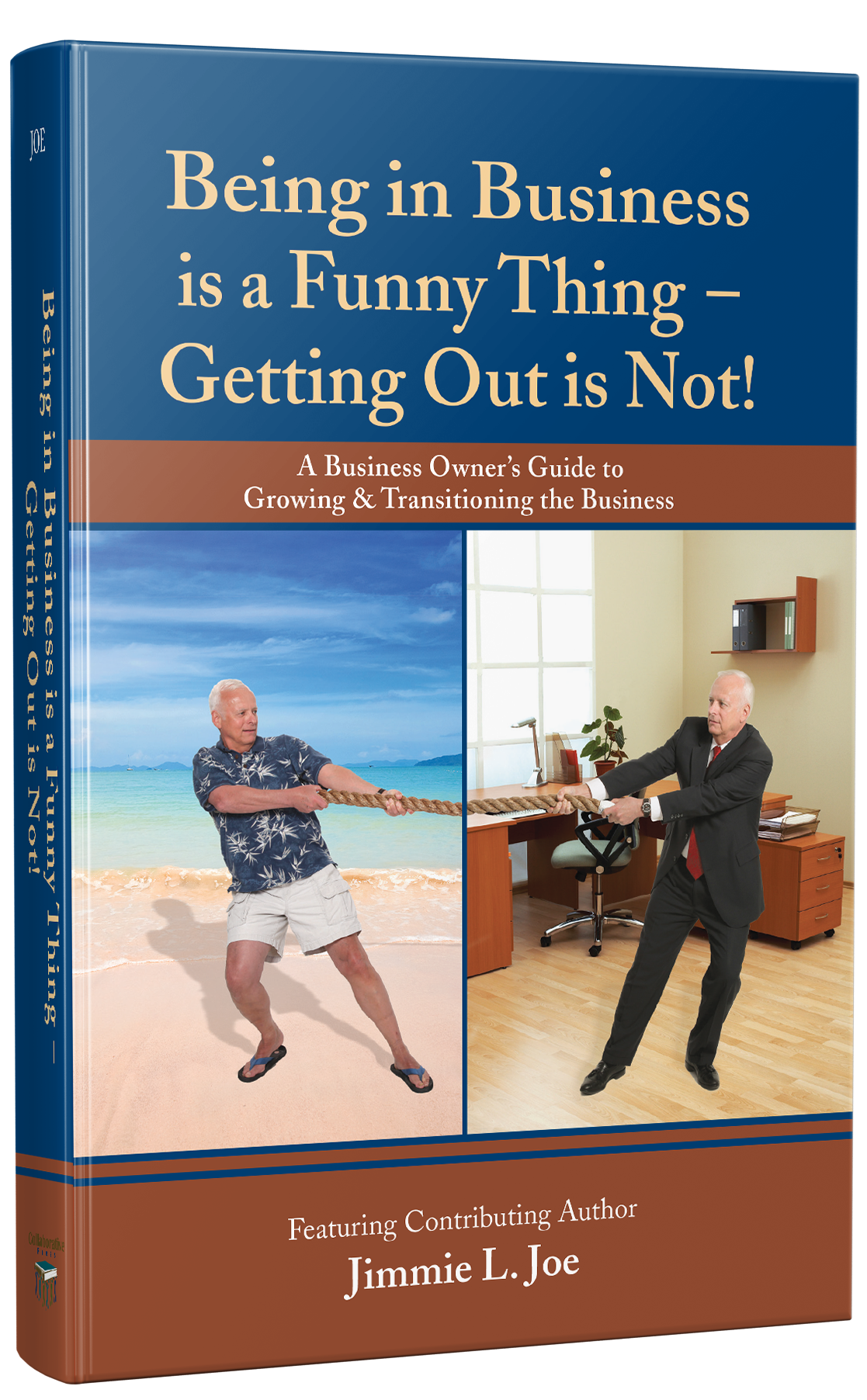Charitable Remainder Trust
A Charitable Remainder Trust (CRT) can let you sell highly appreciated assets without having to pay any capital gains tax, provide you with a higher lifetime income than you otherwise would have and help you avoid estate tax after your death. The CRT works as follows: You transfer highly appreciated assets into an irrevocable trust, thus removing the assets from your estate. At the time of transfer, you would be allowed to take a charitable deduction, which reduces your income taxes. The trustee of the CRT later sells the assets, but avoids a capital gains tax because the CRT is exempt from capital gains tax. The proceeds from the sale of the assets are reinvested by the trustee to provide a lifetime income for your benefit. At your death, the assets are transferred to the charity that you designate in your trust. You get the benefit of receiving a higher income during your lifetime as a result of investing assets not reduced by a capital gains tax. You also avoid estate taxes since assets are transferred out of your estate.
The income earned by the CRT can be distributed in the form of a percentage (called a Charitable Unitrust) or in the form of a fixed income stream (called a Charitable Annuity Trust). The income can be postponed until a future date to allow the assets in the trust to grow. The income can be paid either to you and your spouse during your lifetimes or to your children during their lifetime. However, income paid to children will be subject to estate and gift tax restrictions (i.e. income taxed to the extent it exceeds the lifetime or annual exemptions). Alternatively, the income can be paid for a fixed period (i.e. 10 years). Distribution of income can also be delayed in order to allow growth of the trust assets.
You can act as the trustee of the trust or you can choose a corporate trustee (i.e. a bank or trust company). The advantage of using a corporate trustee is that they are experienced in investment, accounting and government reporting requirements.
Although the trustee retains control of the assets during your lifetime, you can retain the right to replace the trustee as you see fit. The trustee is required to manage the assets according to the terms of the trust, which are determined by you. You can change the charity at any time without suffering adverse tax consequences.
Another estate planning strategy that works well is to combine a CRT with an irrevocable life insurance trust (ILIT) to provide for your children. With a CRT, a significant portion of a couple’s estate may have been transferred to charity, at the expense of the children. With proper planning, the couple can use the income tax savings from the charitable deduction and estate tax savings with the increased lifetime income from the CRT to purchase a life insurance policy through an ILIT (See Article on ILIT). The children can be named the beneficiaries of the ILIT. If enough insurance is purchased, the proceeds from the life insurance can make up the difference that the children would otherwise receive from the assets transferred to the CRT, but at substantial estate tax savings. As a result of planning with a CRT and ILIT, the couple will have been able to convert highly appreciated assets into a lifetime income without paying capital gains tax. The assets would no longer exist in the couple’s estate, thus eliminating or minimizing estate taxes at death. The couple receives a charitable income tax deduction in the year the asset is transferred to the trust, reducing income taxes. The ILIT replaces the full value of the assets for the benefit of the couple’s children. The life insurance proceeds are free from income and estate taxes, and probate. Finally, the couple will have made a substantial gift to their favorite charity.









